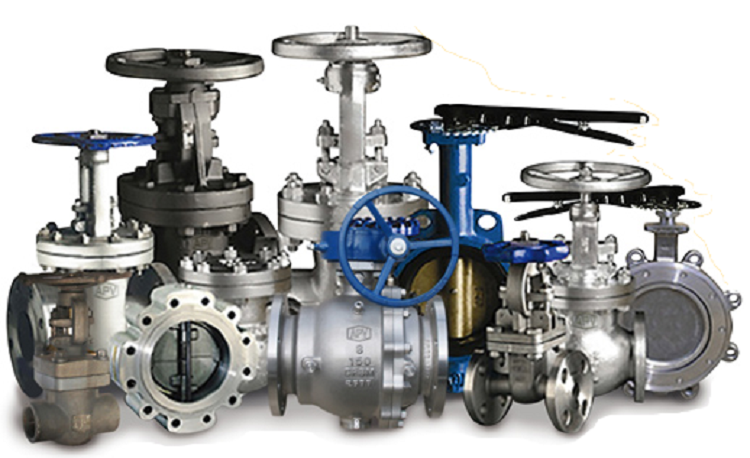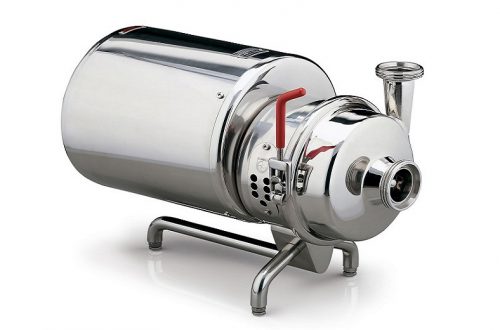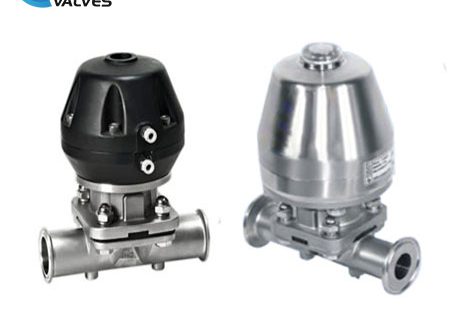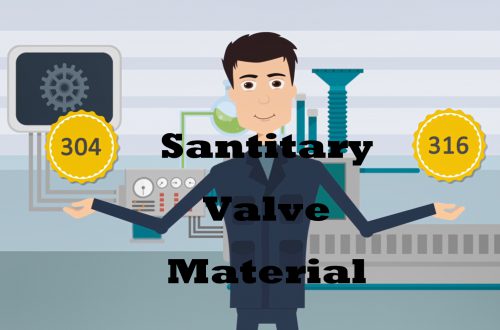Gate valve
A gate valve is a valve that moves the closing member (gate) in the vertical direction of the channel axis. It is mainly used fully open or fully closed to shut off the medium in the pipeline. In general, gate valves are not available for regulated flow. It can be applied to low-temperature and low pressure or high temperature and high pressure, related to what kind of materials it is made of. However, gate valves are generally not used in pipelines for transporting media such as mud.
Advantage
1 The fluid resistance is small;
2 The required torque for opening and closing is small;
3 can be used on the ring flow of the medium flowing in both directions, that is to say, the flow direction of the medium is not limited;
4 The sealing surface is less affected by the working medium than the shut-off valve while fully open;
5 The structure of the valve body is relatively simple and the manufacturing technology is mature;
6 structure length is relatively short.
Disadvantages
1 The external dimensions and opening height are large, and the required installation space is also large;
2 During the opening and closing process, the sealing surface is worn out, and it is even easy to cause scratches at high temperatures;
3The general gate valve has two sealing faces, which makes processing, grinding and maintenance more difficult;
4 The opening and closing time is long.
Butterfly valve
A butterfly valve is a valve that opens and closes and regulates a fluid passage by reciprocating about 90° with a disc type opening and closing member.
Advantage
1 Simple structure, small volume and light weight;
2 The opening and closing time is short and the flow resistance is small;
3 It can be used for media with suspended solid particles, and can also be used for powdery and granular media, depending on the strength of the sealing surface. It can be applied to the two-way opening and closing and adjustment of ventilation and dust removal pipelines. It is widely used in gas pipelines and waterways of metallurgy, light industry, electric power and petrochemical systems.
Disadvantage
1 The flow adjustment range is small. When the opening is up to 30%, the flow rate will be nearly 95% or more;
2 Due to the limitation of the structure and the sealing material, butterfly valve is not suitable for use in high temperature and high pressure piping systems. Its general working temperature is below 300 ° C and below PN40;
3 The sealing performance is relatively poor compared to ball valves and globe valves, so it is not used for sealing requirements.
Ball valve
The Ball valve is evolved from the plug valve. Its opening and closing member is a sphere, which is opened and closed by rotating the ball 90° around the axis of the valve stem. The ball valve is mainly used to shut off, distribute and change the flow direction of the medium on the pipeline. The ball valve designed as a V-shaped opening also has a good flow regulation function.
Advantage
1 It has the lowest flow resistance (actually 0);
2 It can be reliably applied to corrosive media and low boiling liquids because it will not get stuck during work (in the absence of lubricant);
3 It can achieve complete sealing within a large pressure and temperature range;
4 It can achieve fast opening and closing (some structures only take 0.05~0.1s);
5 The medium is sealed reliably on both sides;
6 When fully open and fully closed, the sealing surface of the ball and the valve seat is isolated from the medium, so the medium passing through the valve at high speed does not cause erosion of the sealing surface;
7 Compact structure and lightweight. It can be considered as the most reasonable valve structure for low temperature media systems;
8 The valve body is symmetrical, especially the welded valve body structure, so it can well withstand the stress from the pipeline;
9 The ball valve of the fully welded valve body can be buried directly in the ground and the valve internals are not eroded. The maximum service life of a ball valve can reach 30 years. It is the most ideal valve for oil and natural gas pipelines.
Disadvantage
1 The main valve seat seal material of a ball valve is Teflon, which has a high coefficient of expansion, sensitivity to cold flow and poor thermal conductivity. Therefore, the design of the ball valve seat seal must be designed considering these characteristics. When the sealing material is hardened, the reliability of the sealing is gone. Moreover, Teflon has a low temperature resistance and can only be used at less than 180 °C. Above this temperature, the sealing material will age.
2 Its adjustment performance is worse than the shut-off valve, especially the pneumatic valve (or electric valve).
Globe valve
The globe valve refers to the valve that moves the closing member along the center line of the valve seat. Due to the relatively short opening or closing stroke of the valve stem and the reliable shutting off function of this type of valve, it is very suitable for the regulating and throttlingof the flow.
Advantages
1 During the opening and closing process, the friction between the valve flap and the sealing surface of the valve body is smaller than that of the gate valve, so it is wear-resistant.
2 The opening height is generally only 1/4 of the valve seat passage, so it is much smaller than the gate valve;
3 Usually there is only one sealing surface on the valve body and the valve flap. The manufacturing technology is good and the valve is easy to maintain and repair;
4 Because the filler is generally a mixture of asbestos and graphite, the temperature resistance level is higher. Generally, steam valves use a shut-off valve.
Disadvantages
1 Since the flow direction of the medium through the valve changes, the minimum flow resistance of the globe valve is also higher than most other types of valves;
2 The opening speed is slower than the ball valve.
For more information about valve and high quality sanitary valves, please visit our website http://www.adamantvalves.com/.






One Comment
Pingback: